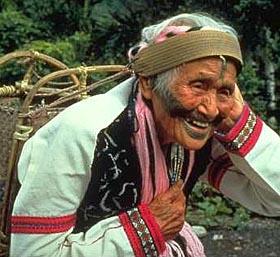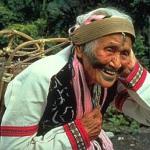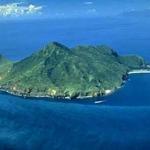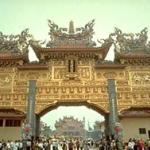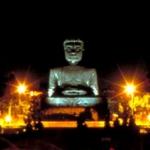- Destinations
- Afghanistan (24)
- Armenia (3)
- Azerbaijan (3)
- Bangladesh (22)
- Bhutan (30)
- Brunei (20)
- Cambodia (132)
- China (548)
- East Timor (6)
- India (260)
- Indochina (9)
- Indonesia (125)
- Iran (36)
- Iraq (32)
- Israel (27)
- Japan (332)
- Jordan (4)
- Kazakhstan (4)
- Korea, N (23)
- Korea, S (67)
- Kuwait (3)
- Laos (70)
- Lebanon (7)
- Malaysia (250)
- Maldives (3)
- Mekong River (12)
- Mongolia (21)
- Mount Everest (4)
- Myanmar (70)
- Nepal (57)
- Pakistan (48)
- Philippines (164)
- Saudi Arabia (16)
- Singapore (89)
- Sri Lanka (26)
- Syria (18)
- Taiwan (68)
- Thailand (399)
- Turkey (31)
- United Arab Emirates (4)
- Uzbekistan (6)
- Vietnam (508)
- Yemen (16)
- Destinations
- Afghanistan (24)
- Armenia (3)
- Azerbaijan (3)
- Bangladesh (22)
- Bhutan (30)
- Brunei (20)
- Cambodia (132)
- China (548)
- East Timor (6)
- India (260)
- Indochina (9)
- Indonesia (125)
- Iran (36)
- Iraq (32)
- Israel (27)
- Japan (332)
- Jordan (4)
- Kazakhstan (4)
- Korea, N (23)
- Korea, S (67)
- Kuwait (3)
- Laos (70)
- Lebanon (7)
- Malaysia (250)
- Maldives (3)
- Mekong River (12)
- Mongolia (21)
- Mount Everest (4)
- Myanmar (70)
- Nepal (57)
- Pakistan (48)
- Philippines (164)
- Saudi Arabia (16)
- Singapore (89)
- Sri Lanka (26)
- Syria (18)
- Taiwan (68)
- Thailand (399)
- Turkey (31)
- United Arab Emirates (4)
- Uzbekistan (6)
- Vietnam (508)
- Yemen (16)
 ThingsAsian
ThingsAsian